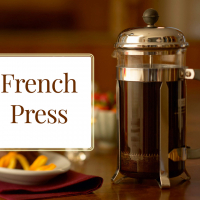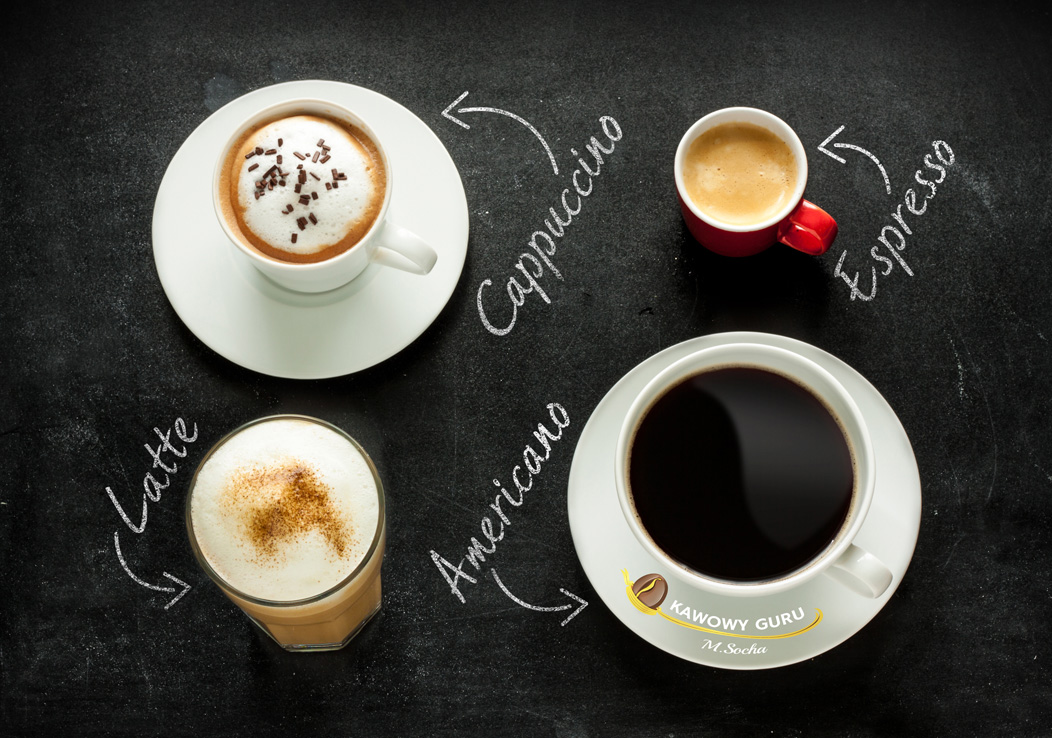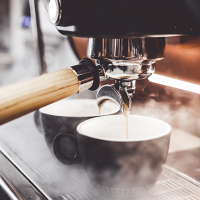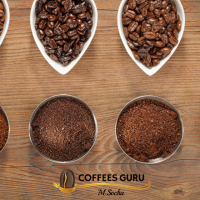I don’t think that most of europeans know much about Ethiopia. It’s commonly known that it’s an African country, it’s probably hot and poor. However, it’s worth noting, that our thoughts during morning coffee, can turn to this African country. Ethiopia is not only one of the largest coffee producers in the world, but it’s also the place where coffee originated from.
All of our coffee knowledge starts from the legend of goatherd Kaldi, who supposedly lived in the 9th century. One day he noticed that his goats were exceptionally agitated. Driven by curiosity, he started carefully observing his goats and noticed that the more agitated ones eat small fruit from a nearby tree. He picked some of the fruit and went to a nearby monastery. There, a monk named Chadely crushed them, then put into the fire and after a short while they could smell a pleasant roasted coffee scent. Thus a new drink was created, it quickly gained the favor of other monks, when they noticed that the drink helped them stay awake during their night prayers.
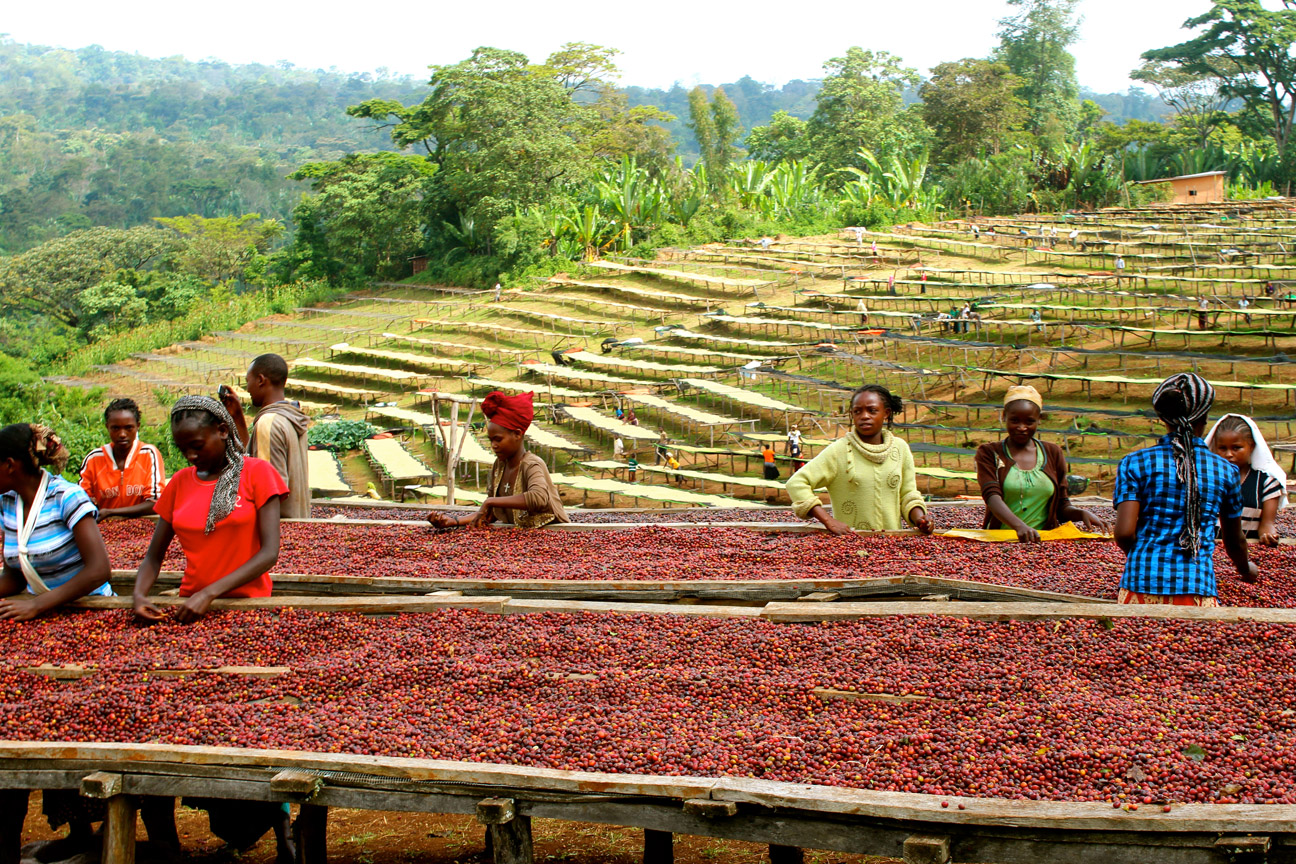
Did this really happen? Hmm… Italians have a saying: „se non e vero, e ben trovato” – „even if it’s not true, it’s well said”. Legends have more charm than truth, but we can still assume that there is some truth in it. The undeniable fact is, that coffee trees originated from Ethiopia.
Even today, coffee trees can still be seen in the Ethiopian wild, however most of them are cultivated on plantations. About ¼ of Ethiopians work in coffee industry and coffee is their main exporting product. However, because of low economic development of the country, only 15% of plantations are advanced, professional plantations, other 85% are small, often family farms.
Coffee there is cultivated in the same way from centuries, manually harvested and dry processed (I already wrote about coffee processing methods in one of my previous articles). They don’t use any artificial fertilizers or pesticides, there aren’t any combine harvesters or any irrigation systems – Ethiopia is too poor to afford any of these things. The good side of this situation is, that their coffee is always 100% natural. In addition with ideal climate conditions, good soils and centuries-old experience result in highest quality coffees.
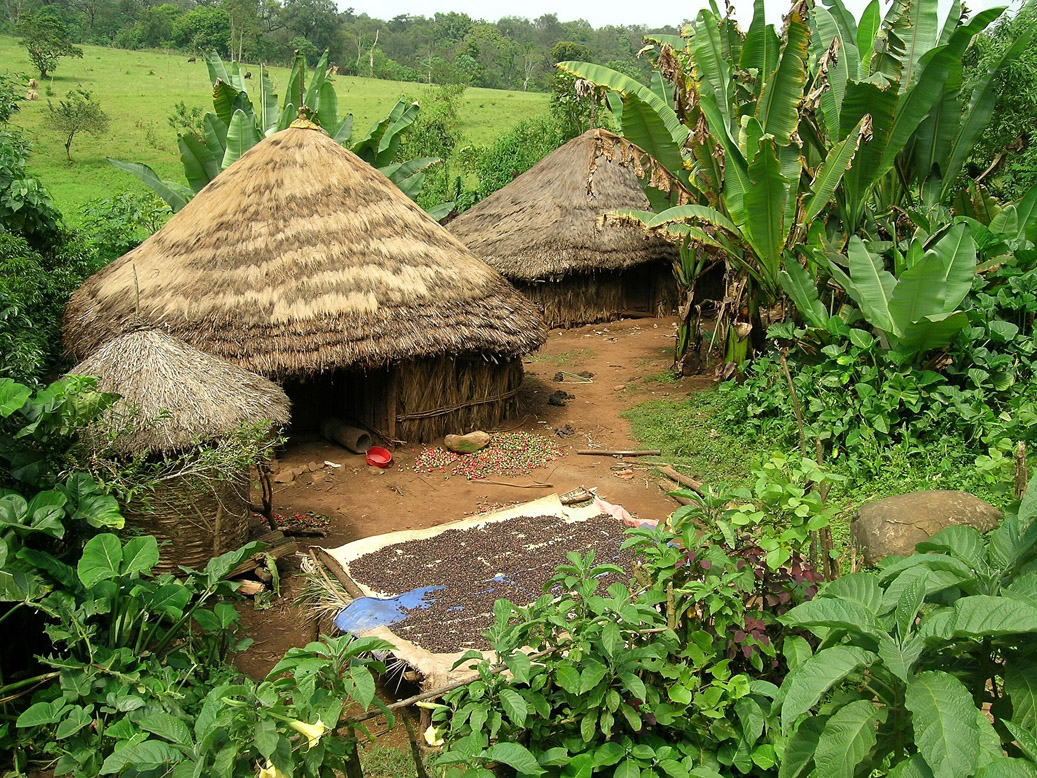
Coffee cultivated in Ethiopia is mostly arabica. It’s mostly distinguished by the region it comes from. It’s the same as with wines, wine coming from Bordeaux region is commonly known as „Bordeaux” and wine from Champagne region as „Champagne”. The biggest Ethiopian coffee cultivation region is Sidamo.
Similar to most of high quality African coffees, Ethiopian Sidamo has a deep, a bit spicy flavor and citrus fruit notes. Another great coffee comes from Yirgacheffe region – with clear lemon and orange notes. Personally, I consider it as one of the worlds best coffees. The oldest cultivation region is known as Harrar (this is the region where legendary Kaldi supposedly „discovered” coffee). Coffees from this region are characterized by deep flavor and a little lower acidity.
The most amazing thing is, however, that all these regions still use the same cultivation and processing methods as their ancestors in 10th century. Imagine it! They do it in the same way for over 1000 years.
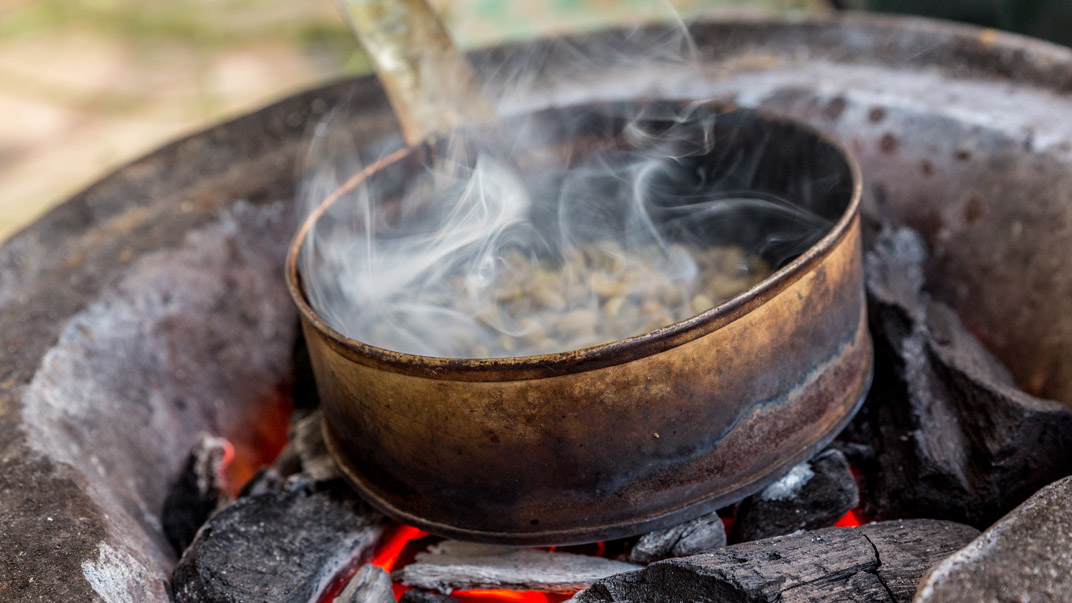
Even though, Ethiopia is considered a „coffee locomotive” of Africa and coffee beans are its main export product, half of Ethiopian coffee is consumed „on-site”. However, you won’t be able to drink classic espresso or latte there. You might be surprised, but coffee in Ethiopia is usually drank with… salt and butter – just like tea in Tibet.
There is a bit more European-friendly version – with honey and some spices. In some cafes you can also find coffee served with milk (in 1930s Ethiopia was occupied by Italy, so some of their traditions can still be found). Coffee with a big amount of milk is known as bunna beletet and with small amount as macchiato.
The most popular coffee is known as bado bunna (which literally means: empty coffee), it’s a black coffee server with salt or with honey. Some other interesting fact is bunnakela. Bunnakela are sphare shaped snacks made with grinded coffee, milk, fat and some other additions.

Ethiopian love coffee and drink lots of it. Popular Ethiopian saying which I would like to end this article sounds like: if you are worried – drink a coffee, if you are happy – drink a coffee, if you are tired – drink a coffee.





